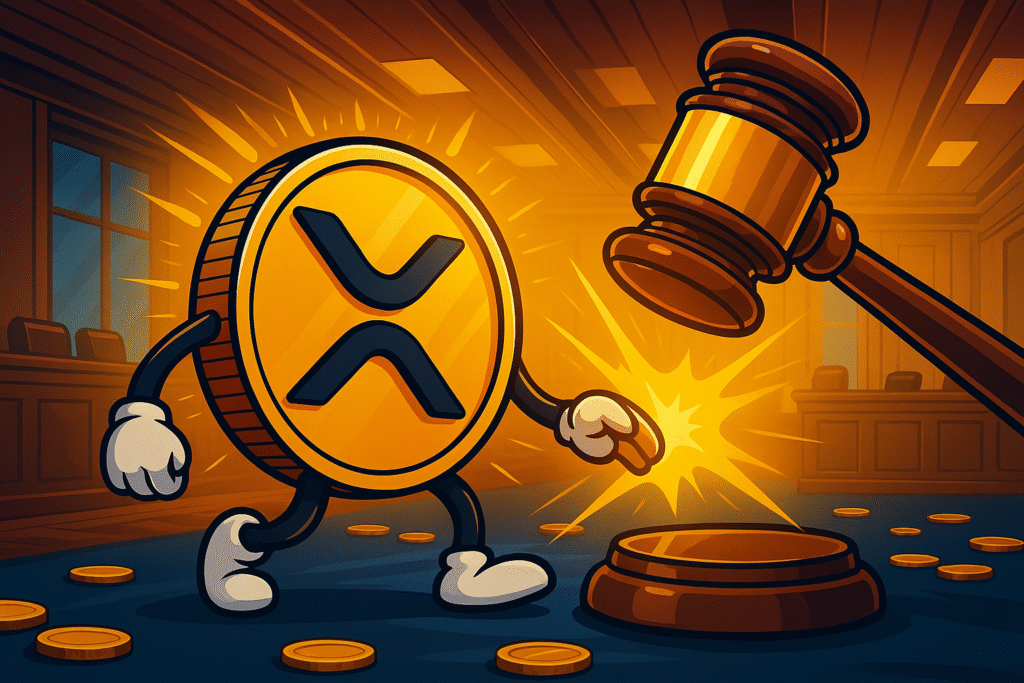
XRP just gained a significant legal win. A federal court dismissed key SEC claims classifying it as a security, and a new CFTC filing treats XRP as a commodity, elevating its status alongside Bitcoin and Ethereum. This pivotal moment could unlock institutional access to XRP through regulated contracts and derivatives.
Legal Clarity: From Security Debate to Commodity Filing
Recently, Crypto.com filed XRP Event Contracts under CFTC Rule 13.43, referencing Lukka’s U-XRP midpoint spot price format. This positions XRP firmly within the commodity framework, offering long-awaited regulatory clarity. This step builds on a federal judgment affirming that XRP is not a security a decision the SEC chose not to contest further.
Amid evolving policy, the CFTC’s expanded authority now includes spot crypto trading on registered exchanges, signaling stronger governmental support for regulated crypto infrastructure.
Market Response: Whale Activity and Optimism Surge
Immediately after the legal shift, an on-chain indicator alerted a massive XRP transfer: a whale moved approximately 30 million XRP (~$100 million). This powerful move reflects strategic positioning by institutional players anticipating clear pathways to trade XRP. The market responded with a visible price spike, fueling speculation about renewed momentum and targets toward $3.65 and bullish forecasts stretching beyond $4.50.
Strategic Implications for Crypto’s Growth
By gaining recognition as a commodity in CFTC filings, XRP now becomes accessible via structured financial instruments for institutions, such as contracts, futures, and derivatives. This regulatory alignment reinforces XRP’s role in modern finance and may guide other altcoins toward similar treatment. Coupled with new legislation like the GENIUS Act, the groundwork is being laid for a more robust crypto economy in the U.S.
While this doesn’t equate to full CFTC commodity status across all legal contexts, it undeniably sets a precedent for US-based institutional engagement and product innovation.

